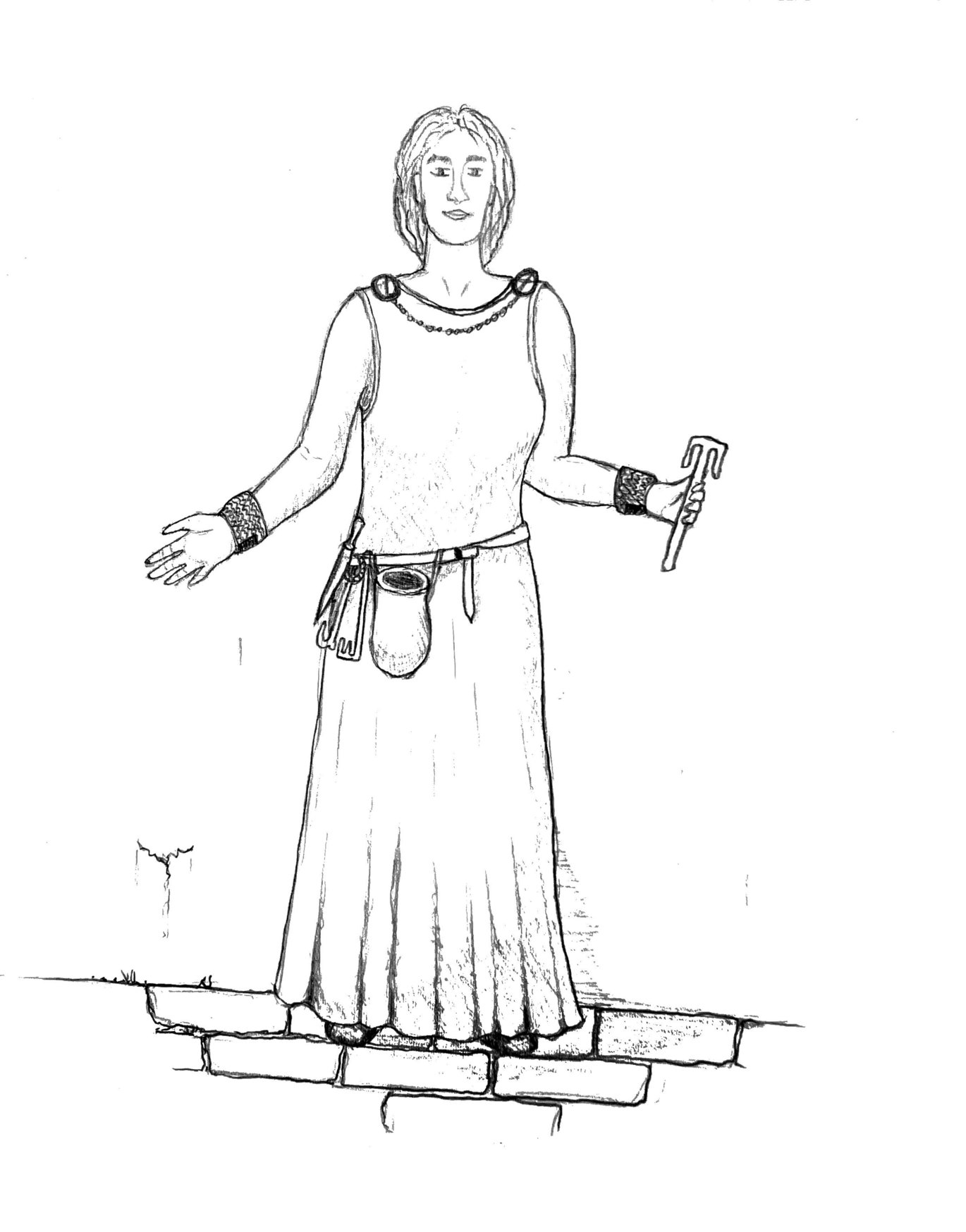What can elephants tell us about early medieval England?
Research is revealing for the first time how huge volumes of ivory reached the farthest shores of the North Sea, during an era when the British Isles were supposedly estranged from the wider world.

A new publication by UrbNet PhD student Rowan English reconsiders the occurrence of ivory in early medieval burials from England. Elephant ivory travelled over five and a half thousand kilometres from the shores of the Indian Ocean to graves of individuals that were buried 5th and 6th century England. While the reason why ivory became popular is still uncertain, it was clearly not hard to obtain, as over 700 graves had evidence of ivory material culture. This was always deposited in the same form: solid slices taken from the top of a tusk. The ring shape that naturally created by these slices was used to form the opening for leather and fabric bags that would hang from an individual’s waist.
These ivory items can be put into a wider context in two ways. They form part of a collection of goods that appear in graves that travelled via the same routes as ivory in the 5th, 6th and 7th centuries, including garnets, cowrie shells and coral. Beyond that, ivory bag rings can also be found more widely in graves across North-West Europe, from Sweden to Switzerland.
This research is part of Rowan’s PhD project, that is placing the late antique and early medieval ivory trade in its full context for the first time.
English, R. S. (2024) Elephant ivory rings in early medieval graves reconsidered. Early Medieval Europe, https://doi.org/10.1111/emed.12715.
